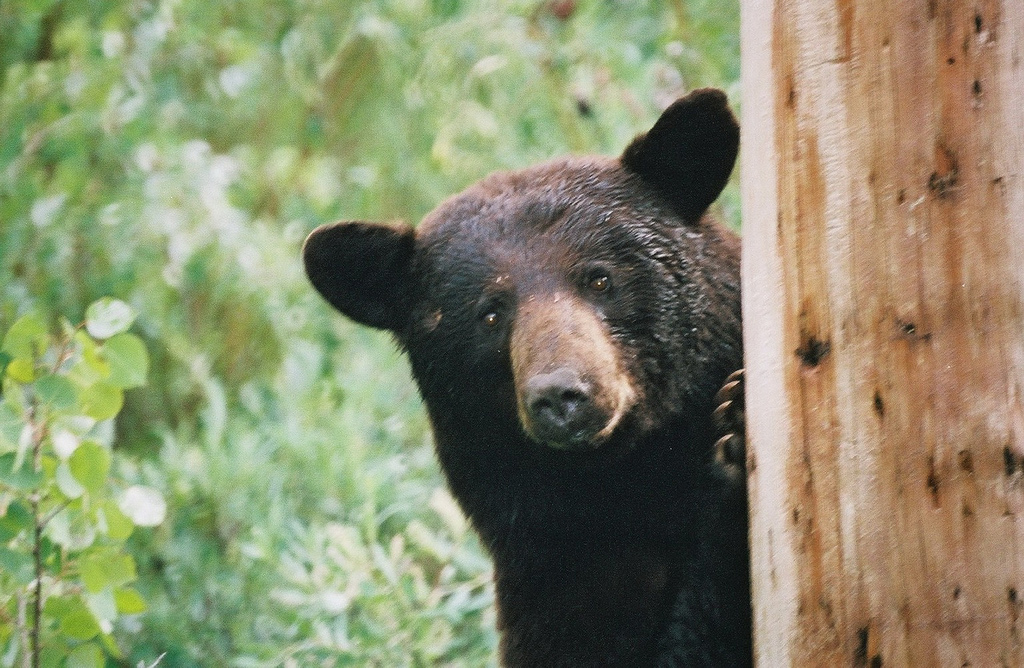Make yourself big, yell, curl into a ball… most of the suggestions for handling a bear encounter are Hail Mary tips meant for the last resort. Your best option is to avoid Smokey altogether.

Bear encounters are not uncommon in the backcountry. Attacks, fortunately, are somewhat rare but can happen when humans encroach into habitats where bears roam. Here are a few measures to take to minimize the chance you have to ever employ bear-encounter tactics.
Be Alert For Bear Signs
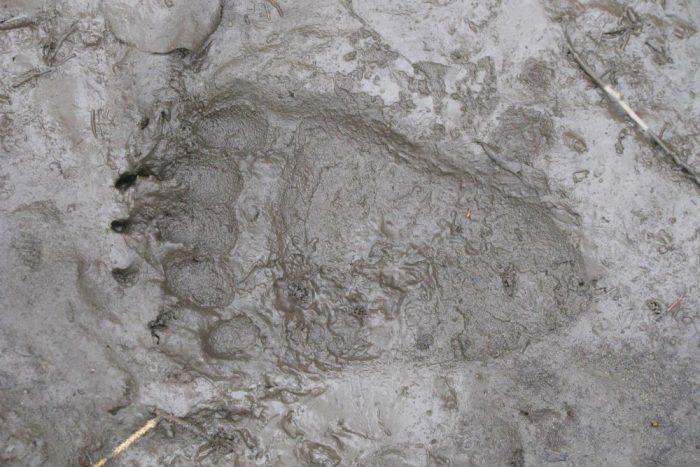
Notice signs of bear activity? Be on high alert when traveling through the area. Be on the lookout for scat, digging or claw marks, and, of course, bear tracks. Particularly in spring calving season, be aware that bears may cache kills and spend time near them and even guarding their food.
Don’t Attract Bears
Bears aren’t interested in you, they’re interested in your food. What’s more, they’re interested in anything that might be food – this includes toothpaste, deodorant, and any product with a distinct fragrance (including bear spray).
Cook, eat, and clean 100 yards from your tent. It’s crucial to keep all attractants as far from your sleeping quarters as possible; 100 yards is only the minimum, further away is probably a better idea in places with bears.
Use a food pole, box, or bear canister. Many popular camping spots with higher bear activity, like Yellowstone, will have food poles or boxes for you to secure anything you eat or cook. Be sure to seal all food scraps in plastic, clean utensils, and use these facilities. If not available, hang foodstuffs and scented items at least 10 feet off the ground and 4 feet laterally from the tree or post from which it’s suspended.
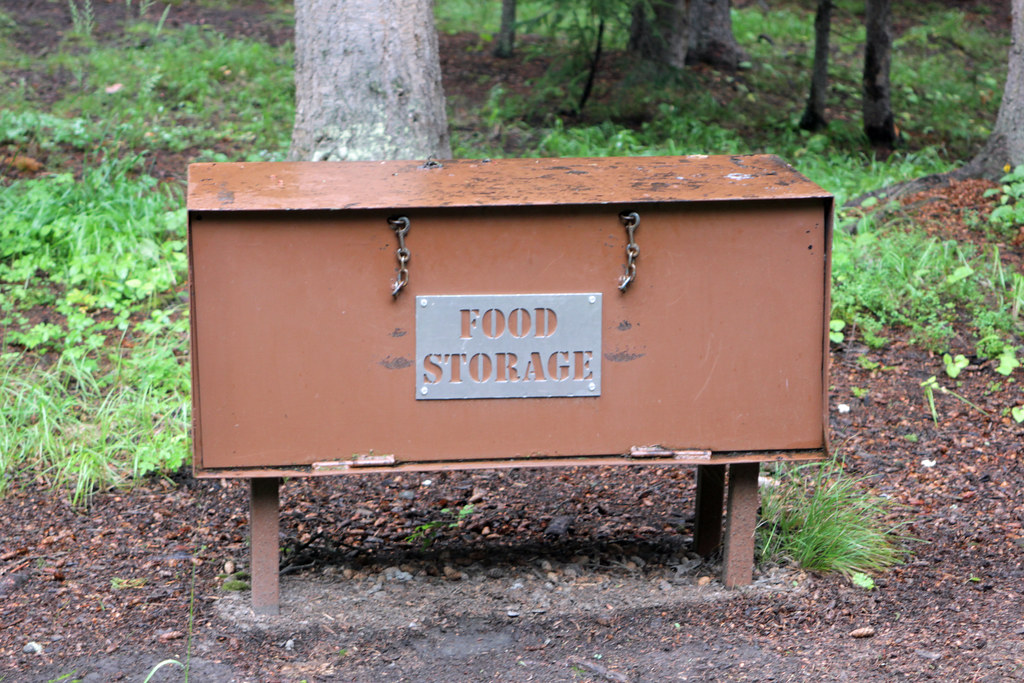
Another option is to secure food-related items in a bear canister. These will secure your food from bears and, as a bonus, rodents. Be sure to store the canister away from your tent as well.
Securing food helps bears, too. It avoids habituating them to human food, which can lead to problem bears being captured or killed by authorities. As the saying goes, “a fed bear is a dead bear.”
Don’t forget toiletries. Brush your teeth away from camp and keep scented hygiene products with your food.
Travel In A Group
Strength in numbers applies to bear safety as well, hike with three or more people whenever possible. As with any would-be predator or cornered animal, bears are less inclined to attack a group than a single person. According to a National Park Service study, 91 percent of all bear-related injuries in Yellowstone since 1970 were inflicted on people hiking alone or in a pair.
Stay In Daylight
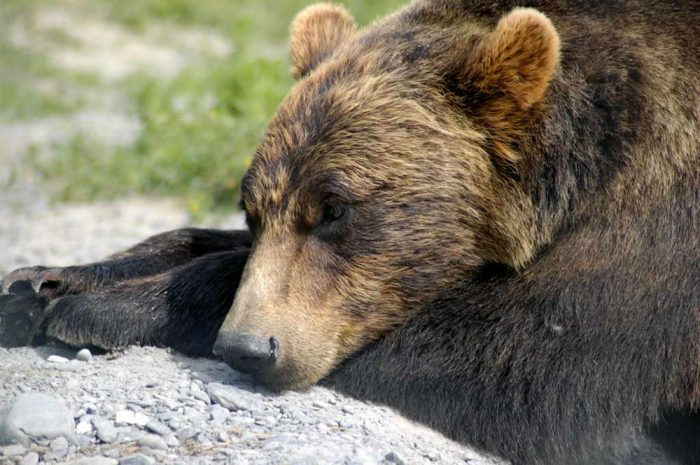
In addition to making you and all warning signs more visible, broad daylight are times when bears are generally less active. At dawn, dusk, and nighttime, your risk of a bear encounter increases.
Make Noise
It might feel silly, but make as much sound as you can while hiking. Talk loudly with your group. Don’t be shy; when near thick cover call out periodically “Hey bear!” or “Hey Booboo!” or “Hey, I’m terrified!” Your voice will identify you as human and alert bears to your presence. Bear bells are an alternative and popular with cyclists and those traveling alone, but aren’t considered nearly as effective by experts and shouldn’t replace the occasional holler.
And Yes, Bring Bear Spray
Bear spray is effective at deterring attacks. Do NOT use bear spray as a simple deterrent if you see a bear that has not approached you; if that occurs, make noise, change course, and prevent a face-to-face encounter if you can.
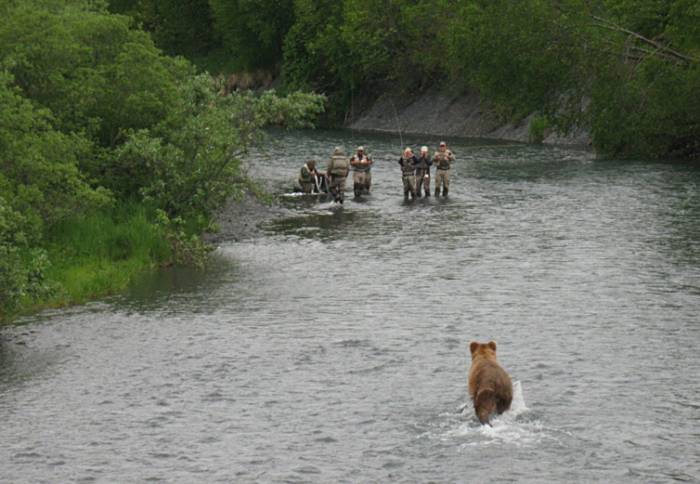
If use of bear spray is warranted in a charge, follow our Bear Spray 101 Tips guide.
In Summary
Stay visible, unscented, and travel in packs and you should be OK. Bear spray is a must-have, but do not use it unless you absolutely have to. Stay alert, stay safe.
